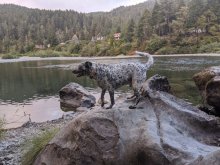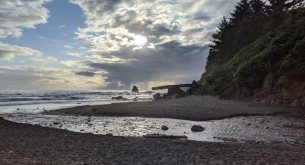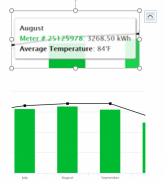Here in Sweden we get away with not running AC during the summer, but it’s the winter when the bigger bills come, as our house has electric heating (ground source heat pump) and temps can get to -10C regularly and to -30C rarely.
I’ve been on a campaign of reducing our consumption over the last few years and got us down from nearly 12,000kWh per year to under 5,000kWh this year. That’s an average of 13.4kWh/day and it’s a 1670 sq ft 2 storey house. The reductions have come from the combined effects of all sorts of measures I’ve taken. Lots of insulation improvements. More efficient appliances, killing standby consumption by switching off at the wall, etc.. The only contribution from solar began from Oct 2020, so I’m hoping to further reduce the numbers next year to keep up my year on year improvements. It’s a rewarding and addictive game! To me it made sense to get the energy consumption under control before trying to use solar power to take some of the load, as the alternative of continuing to be profligate and wasting power gets far more expensive when you have to buy a whole load more solar gear. My interest in solar actually came as a result of needing to find a way to keep winning this game

I may as well add these stats which I’ve kept track of since moving into this house in Apr 2016. The cumulative figures represent the total of the prior 12 months consumption / cost and the cost figures are in Swedish Kronor (multiply by 0.12 for USD). 1 KWh of electricity costs1.1 kronor or $0.13 here.
View attachment 31402







